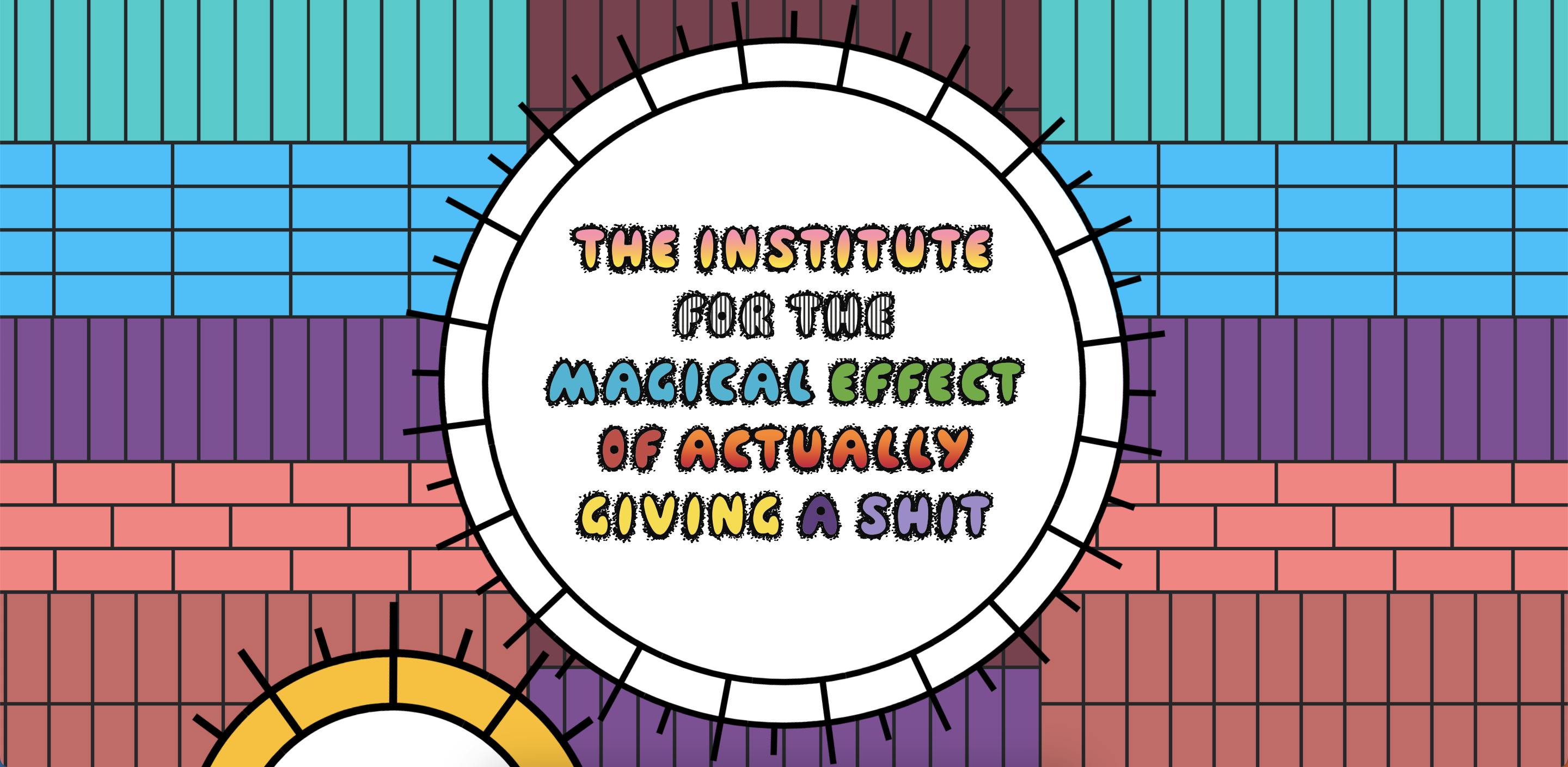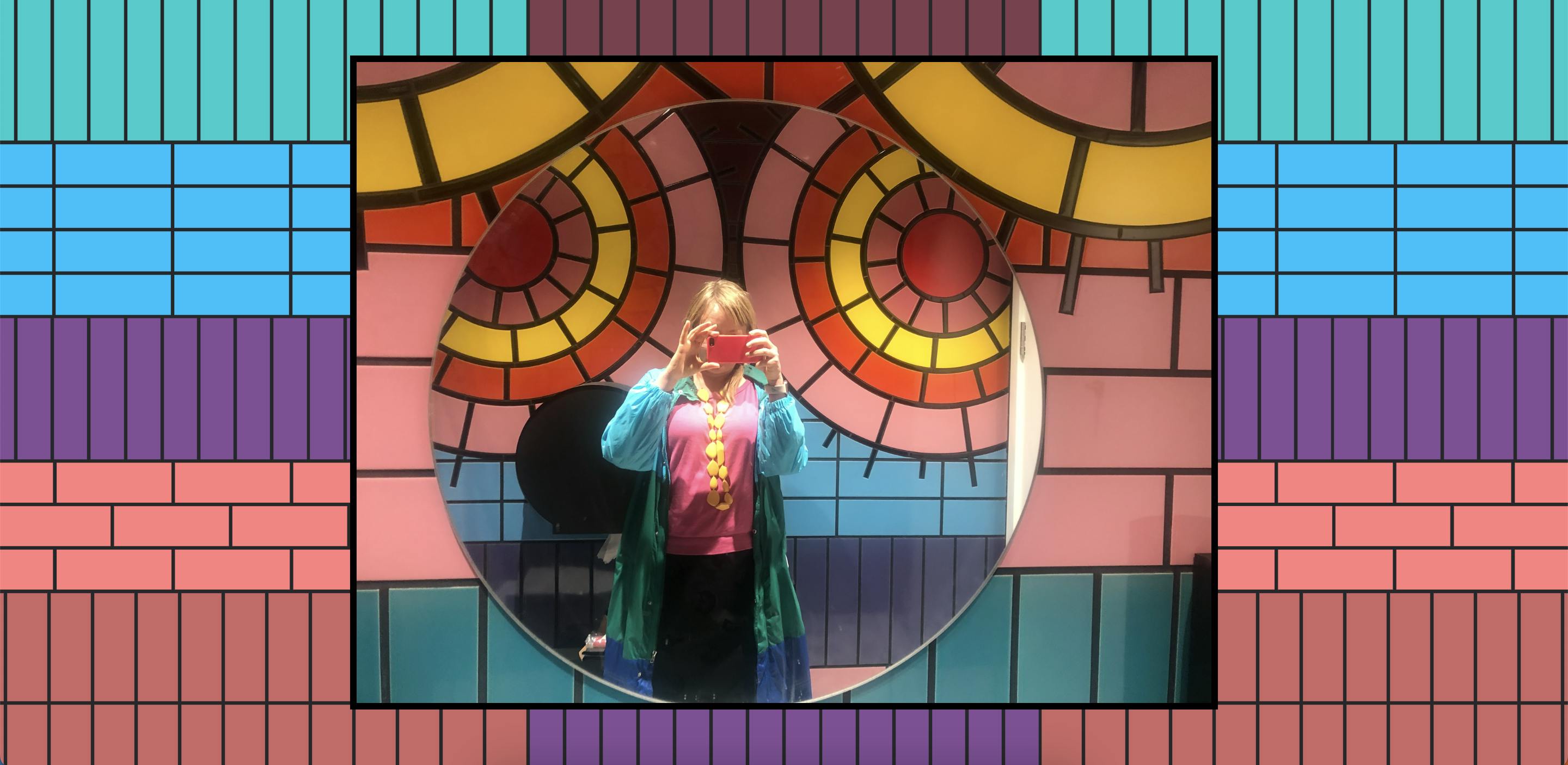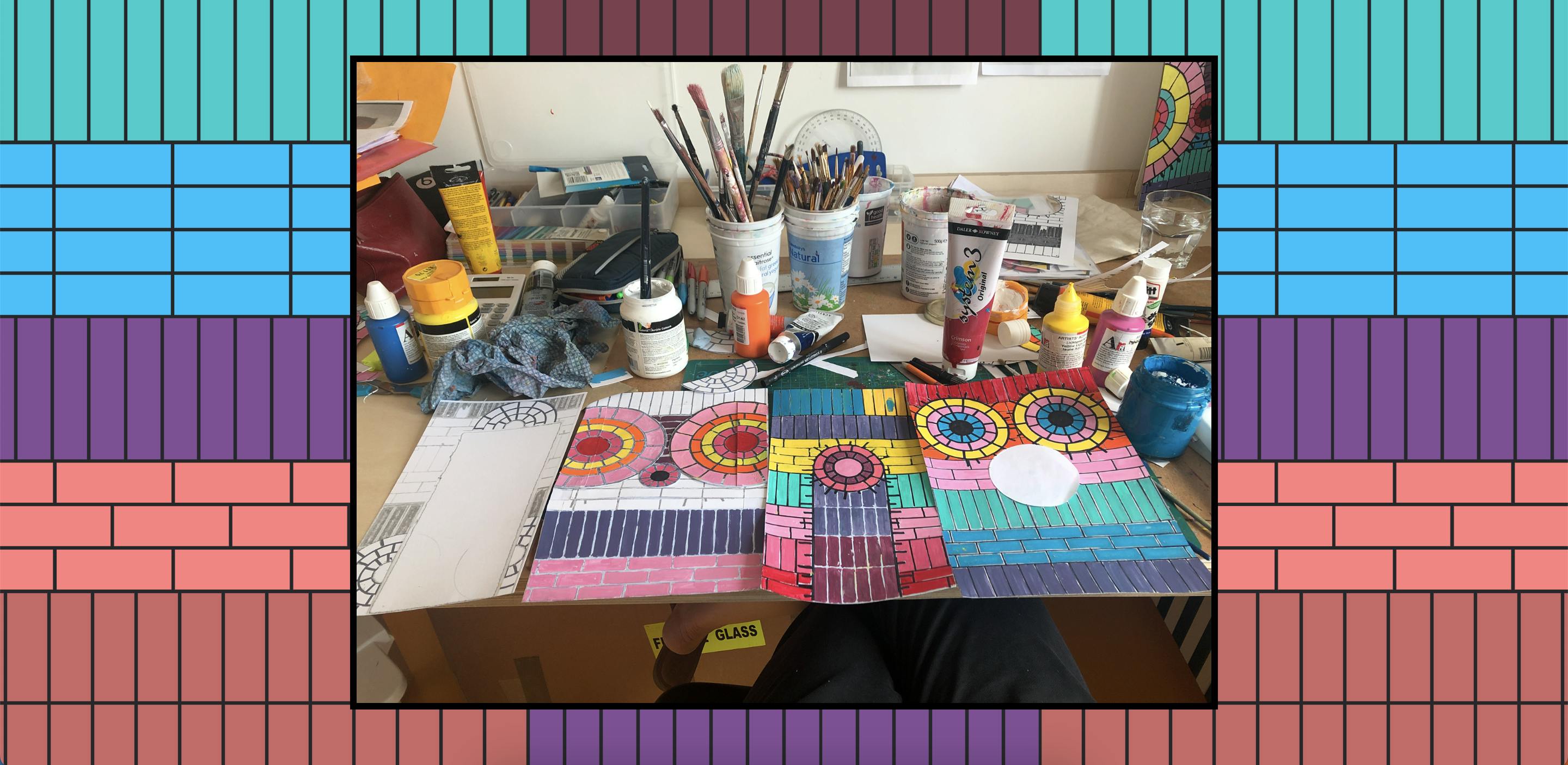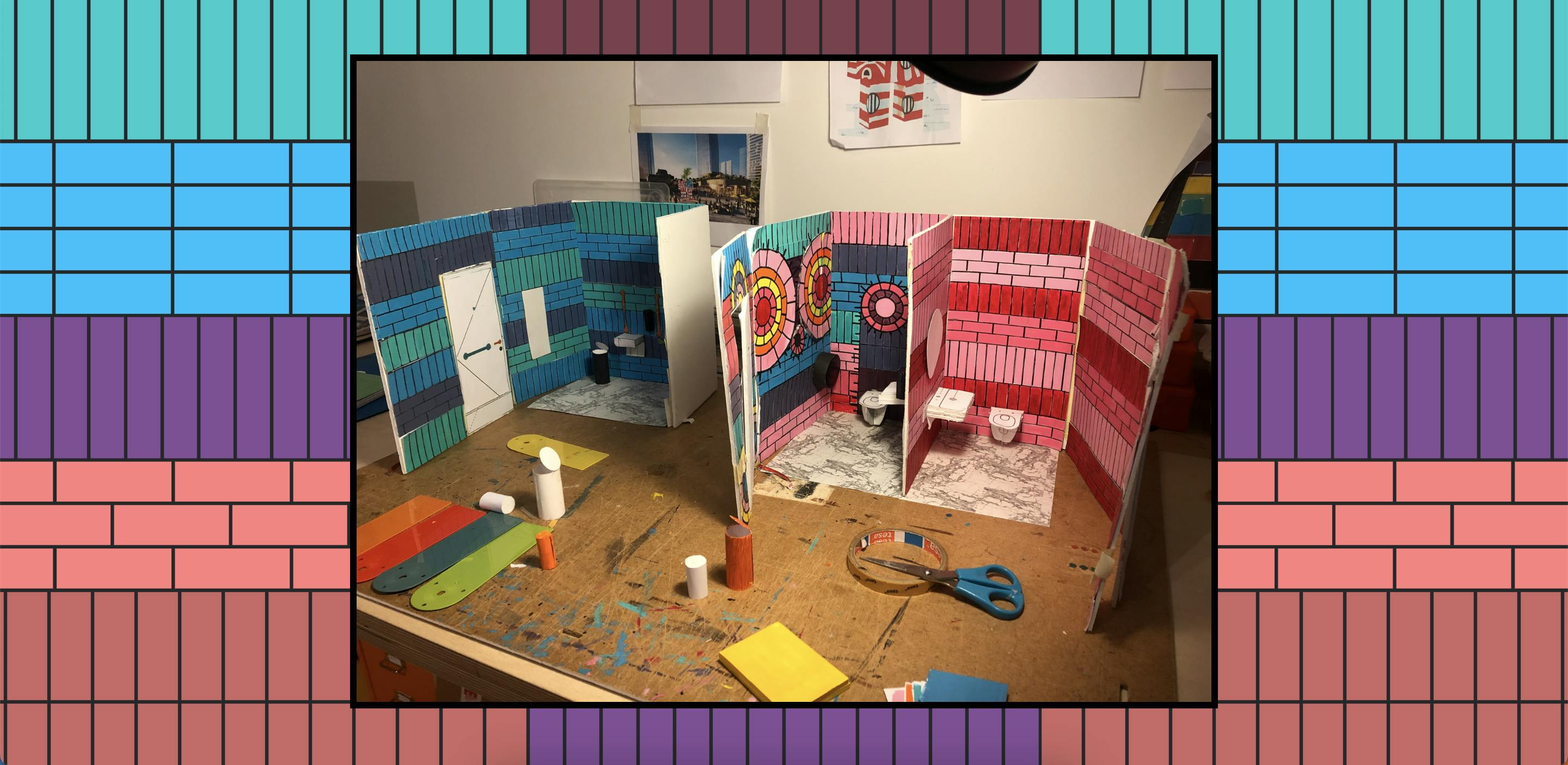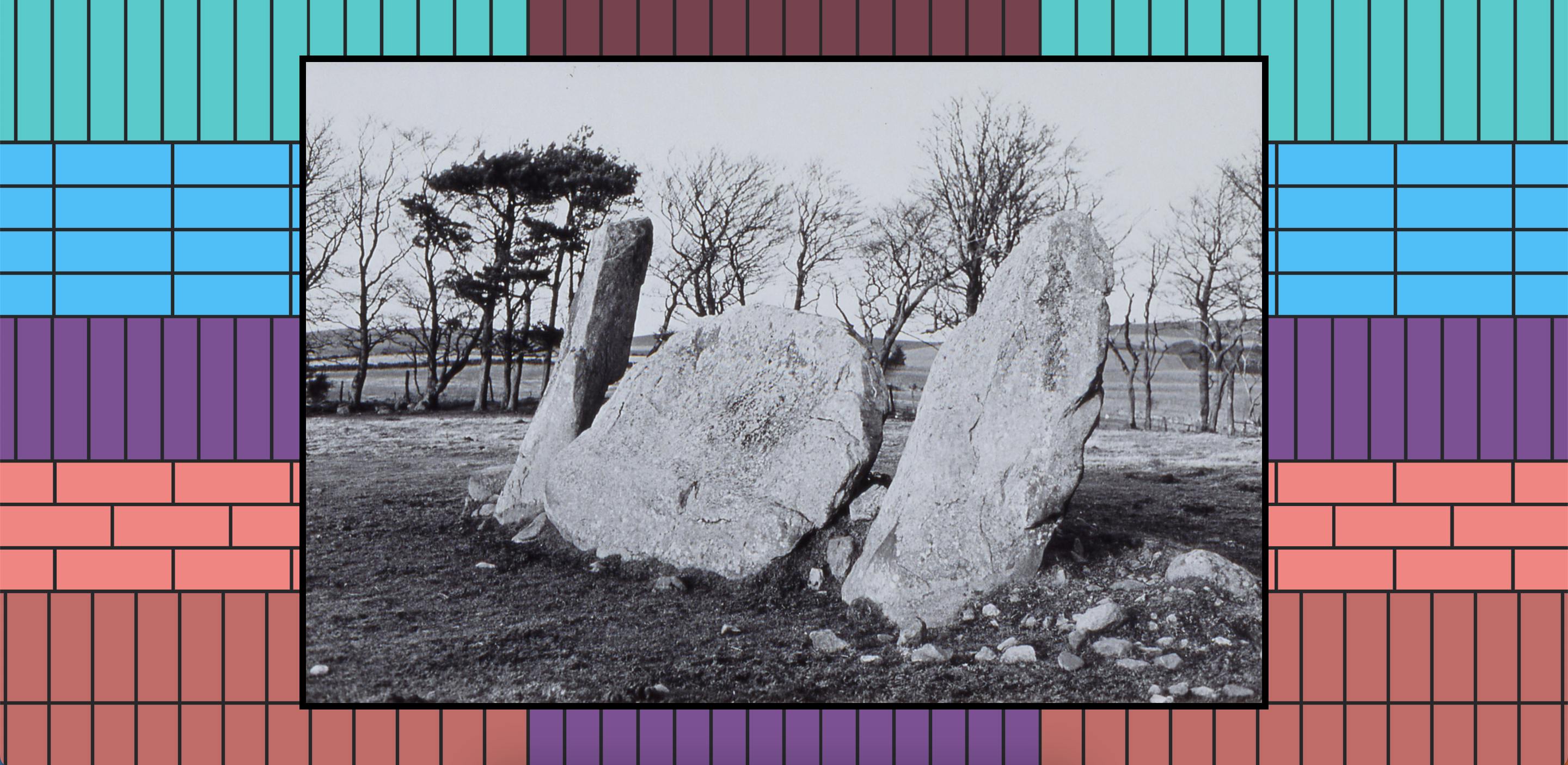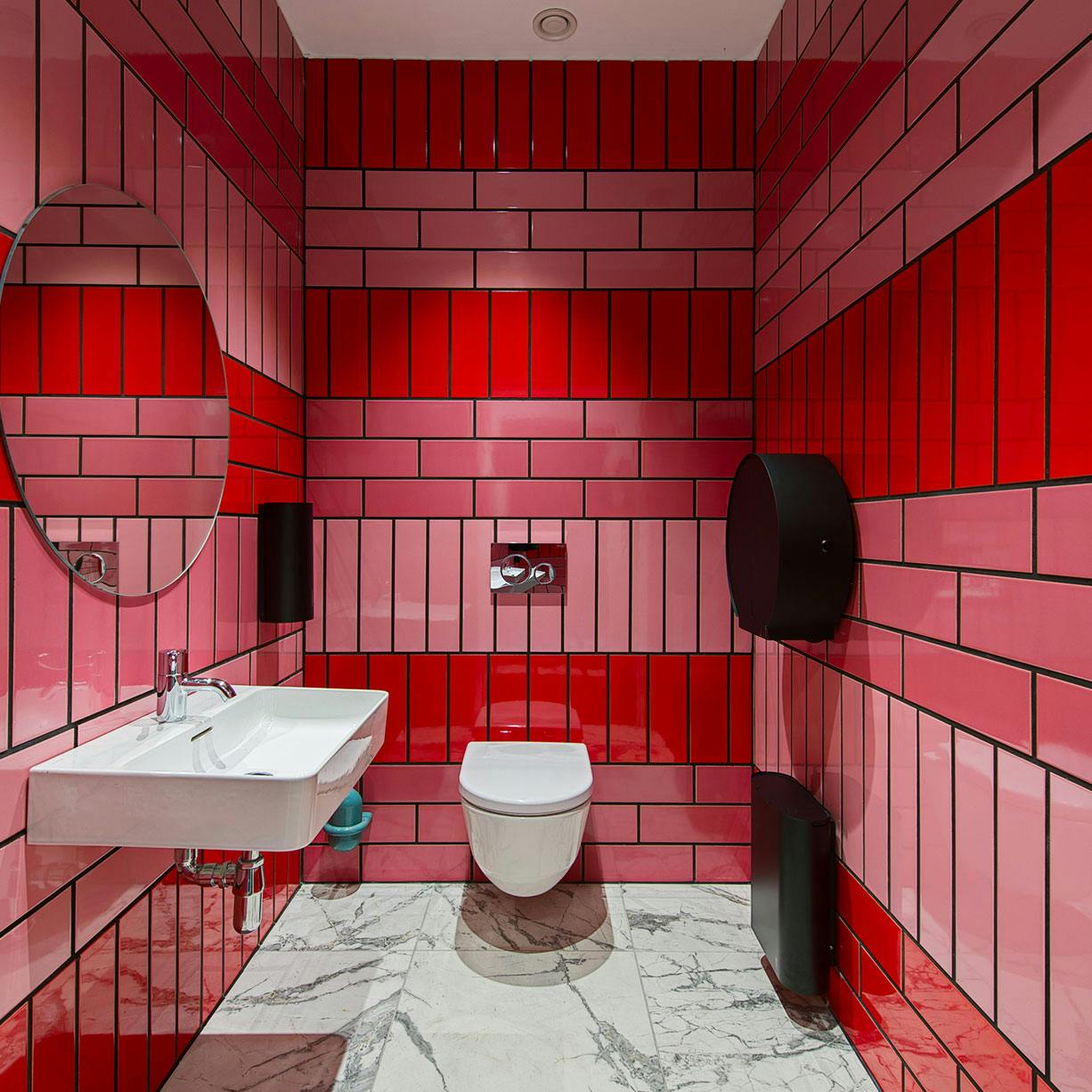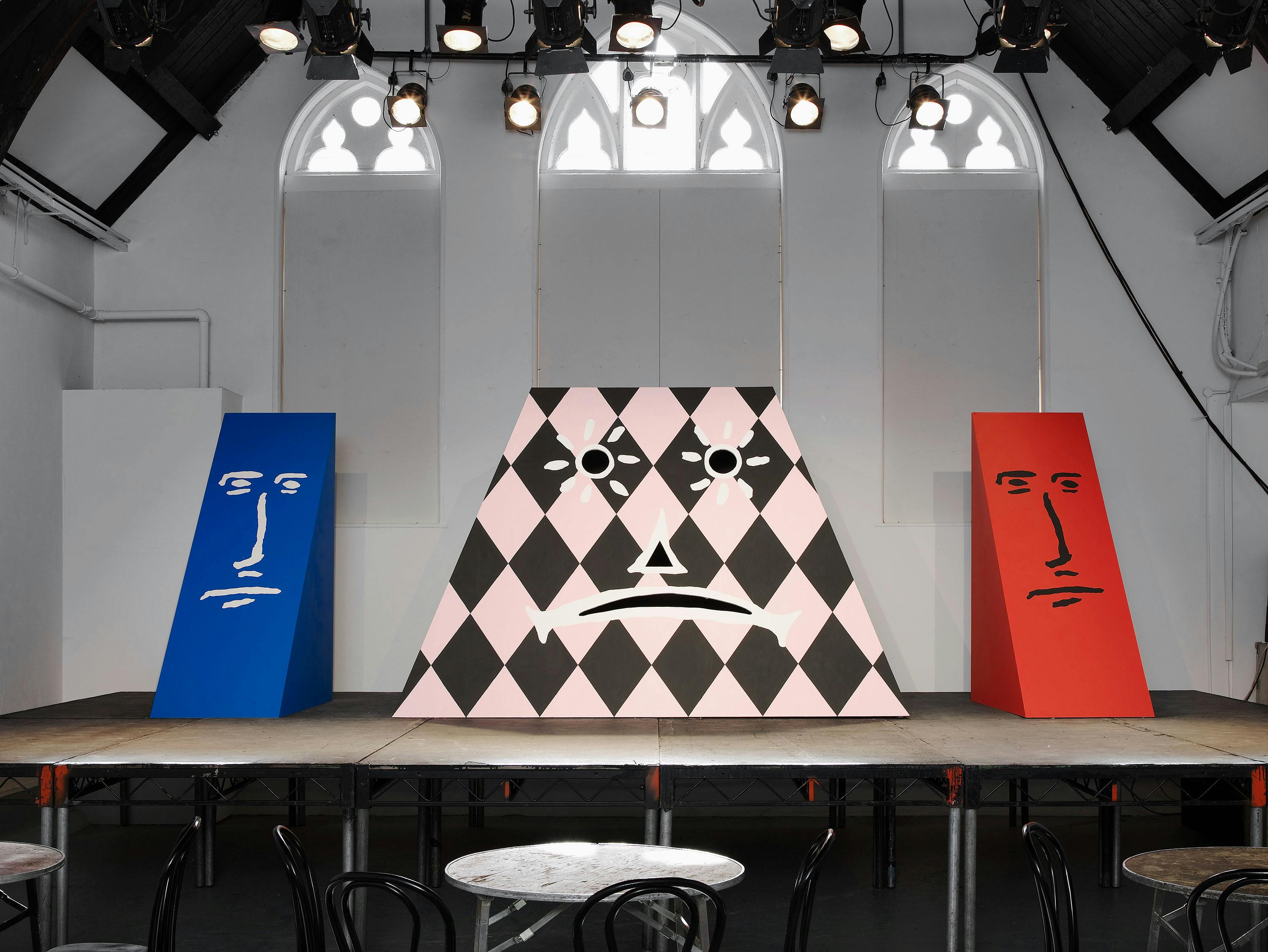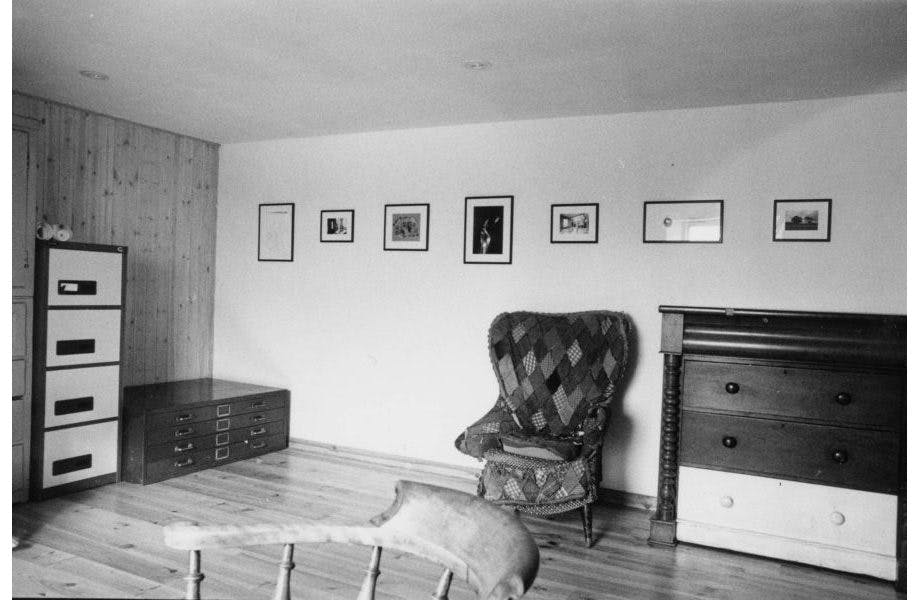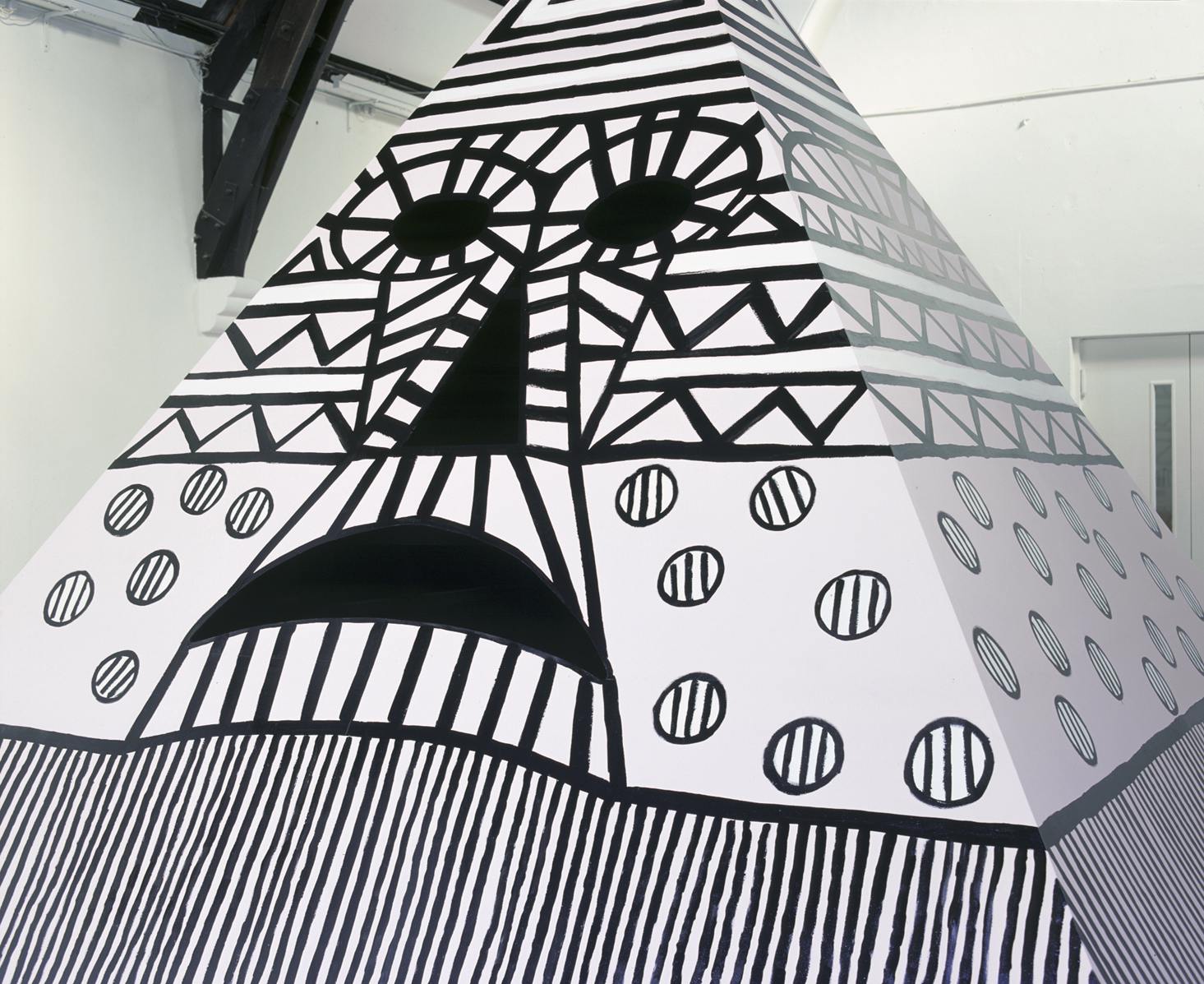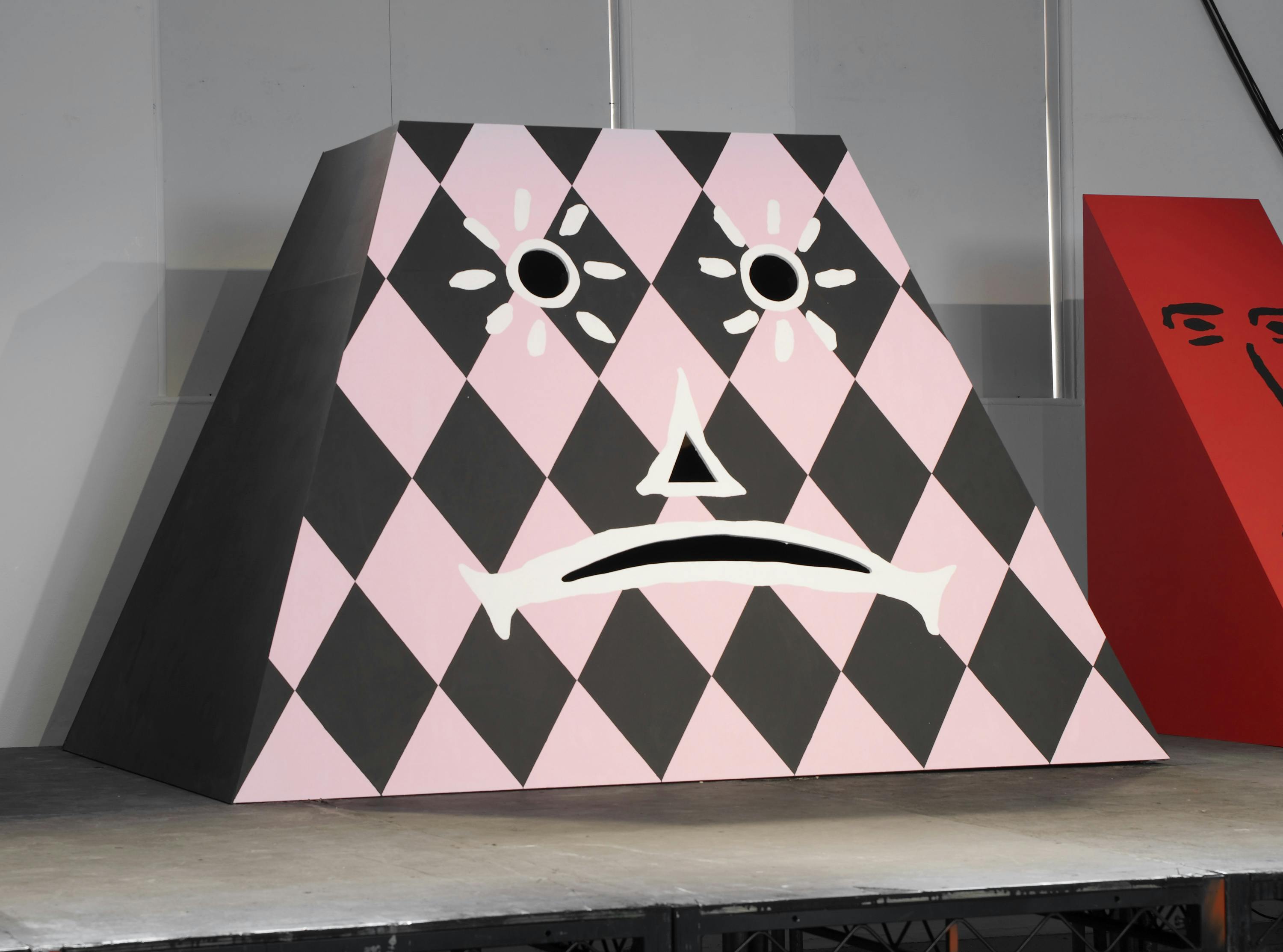Working across sculpture, installation, performance, and publishing, Joanne Tatham and Tom O’Sullivan (b. 1971/1967, West Yorkshire/Norfolk) have collaborated since 1995. Together they have developed a distinctive visual language that is rich in content and attitude. The artists’ are interested in sculpture as a mode or form with specific histories and conventions of use, which can be reframed or repositioned as a means to critique art’s values and behaviours.
The duo emerged from an important generation of Glasgow–based artists who brought international attention to Scotland’s contemporary art scene, and have staged significant commissions at the Baltic Centre for Contemporary Art (2018); Middlesbrough Institute of Modern Art (2017) and Tramway, Glasgow (2014; 2010; 2001). In 2005 they represented Scotland at the 51st Venice Biennale. Tatham and O’Sullivan are represented by The Modern Institute / Toby Webster Ltd (Glasgow).

